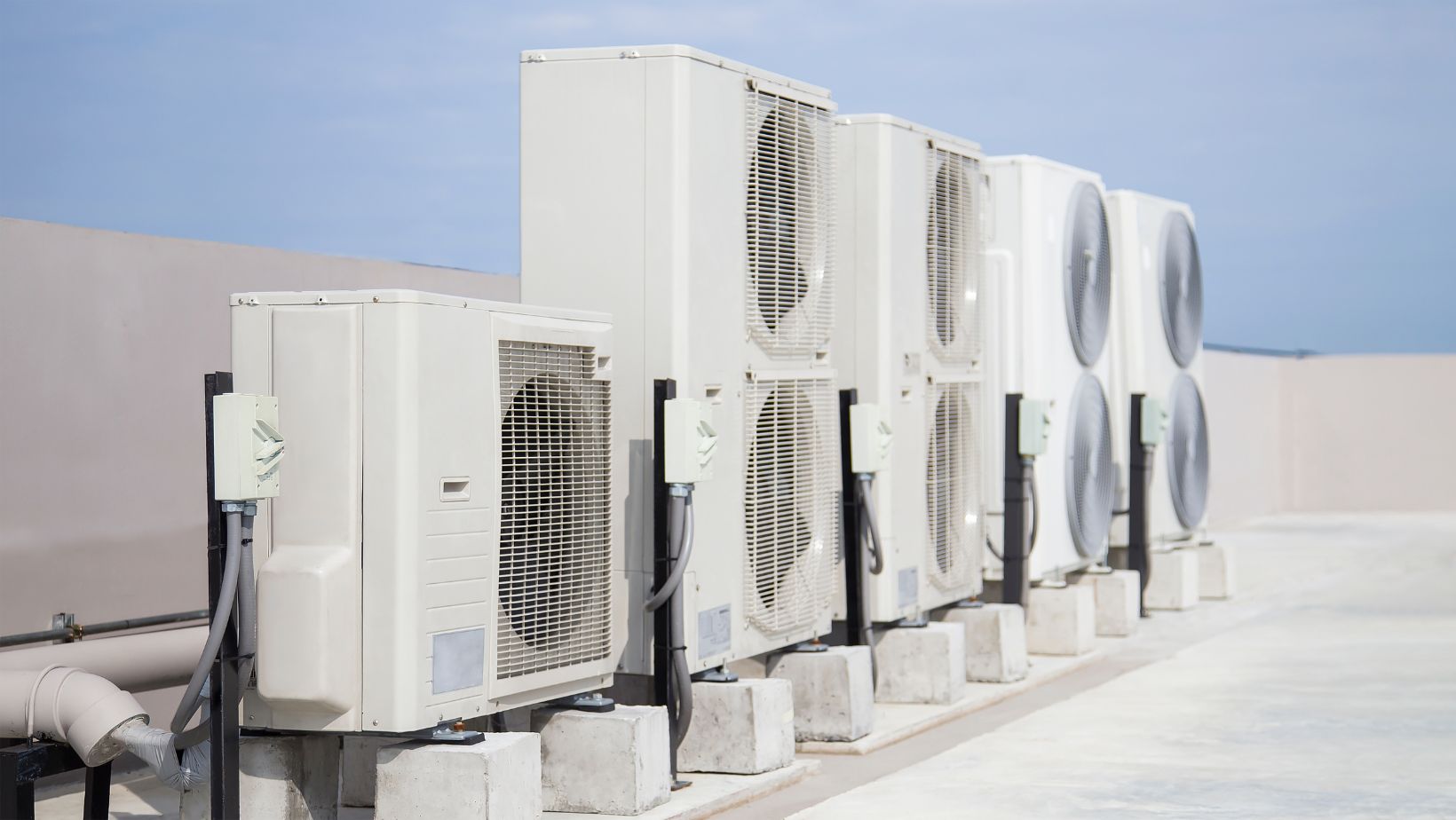
When it comes to commercial properties, ensuring optimal comfort across different spaces is essential. A multi-zone HVAC system provides the flexibility to regulate temperatures independently in various areas, offering both cost-efficiency and comfort. However, understanding the costs associated with installing a multi-zone HVAC system is crucial for making an informed decision. Several factors influence these costs, and property owners should consider them carefully when evaluating their options.
What is a Multi-Zone HVAC System?
A multi-zone HVAC system allows different areas of a commercial property to be cooled or heated independently. This is achieved by using multiple thermostats connected to one central system, which can control the temperature in various rooms or floors. These systems are ideal for commercial buildings, as they cater to the varied needs of different spaces, such as offices, meeting rooms, and common areas. The ability to adjust each zone based on occupancy and activity can significantly enhance energy efficiency.
Factors Affecting the Cost of Installation
Several elements influence the cost of installing a multi-zone HVAC system in a commercial property. These include the system’s size, the complexity of installation, the type of equipment, and the layout of the building.
System Size and Capacity
The size of the system required is one of the most significant factors impacting installation costs. Larger commercial spaces or buildings with more zones will require more extensive systems. For example, a small office space may only need a basic multi-zone system with a few units, whereas a large building might need a more complex setup with numerous units to handle different floor plans.
 HVAC contractors usually calculate the system’s capacity based on the square footage of the space, the number of zones, and the specific needs of each zone. In general, a larger system with greater capacity will come with a higher upfront cost.
HVAC contractors usually calculate the system’s capacity based on the square footage of the space, the number of zones, and the specific needs of each zone. In general, a larger system with greater capacity will come with a higher upfront cost.
Type of HVAC System
There are various types of HVAC systems available for commercial properties, including central air conditioning systems, ductless mini split systems, and VRF (Variable Refrigerant Flow) systems. The type chosen will significantly impact the overall cost.
- Ductless Mini Split Systems: These are often used in buildings where ductwork is not an option or would be too costly to install. They provide flexibility, as they can heat or cool individual rooms without the need for ductwork. Mini split systems are popular in older commercial buildings or spaces like garages or attics where traditional ducting might be impractical. The cost of mini split systems can vary depending on the number of zones needed, but they tend to be less expensive to install than traditional ducted systems.
- VRF Systems: VRF systems are an advanced, energy-efficient solution commonly used in large commercial buildings. They offer more precise temperature control, as they can adjust the flow of refrigerant to different units depending on demand. Although VRF systems are highly efficient, they are also more expensive to install due to their complex technology and the need for specialized installation.
Building Layout and Installation Complexity
The layout of the commercial property will influence installation costs. For example, buildings with complex layouts or multiple floors may require additional equipment, such as additional ductwork or mini split units, to ensure the system can effectively heat and cool each zone. The ease or difficulty of installing ductwork or running wiring will also play a role in the final price.
Older buildings or properties with unique designs might require more extensive modifications to accommodate a multi-zone HVAC system, which can raise labor and materials costs. In contrast, newly constructed buildings might be able to integrate a multi-zone system during the initial build, potentially lowering the overall installation costs.
Energy Efficiency and Long-Term Savings
While multi-zone HVAC systems come with higher upfront costs, they can lead to significant savings in the long run due to their energy efficiency. With the ability to control temperatures in individual zones, energy consumption can be minimized in areas that are not in use. For example, heating or cooling an unused office or hallway would be unnecessary, leading to lower energy bills.
 Energy-efficient systems, like those with inverter technology, allow for continuous, variable-speed operation, which reduces the wear and tear on components and minimizes energy waste. Choosing a system with an Energy Star® certification can also help property owners save on utility bills, as these systems are designed to use less energy.
Energy-efficient systems, like those with inverter technology, allow for continuous, variable-speed operation, which reduces the wear and tear on components and minimizes energy waste. Choosing a system with an Energy Star® certification can also help property owners save on utility bills, as these systems are designed to use less energy.
Installation and Maintenance Costs
In addition to the initial installation costs, property owners should factor in the ongoing costs of maintaining the HVAC system. Regular maintenance, including cleaning, inspection, and filter replacement, is essential to ensure that the system continues to perform efficiently. Some systems, such as VRF systems, require specialized maintenance, which can lead to higher service costs.
While multi-zone HVAC systems can offer substantial savings on energy bills, property owners should be prepared for periodic maintenance and potential repairs, especially if the system is complex. Budgeting for both installation and maintenance will help avoid unexpected costs in the future.
Comparing the Costs of HVAC Systems
When evaluating different HVAC systems for a commercial property, it’s important to consider both the initial installation costs and the potential savings over time. While traditional central air conditioning units may have lower installation costs, they lack the flexibility and efficiency of multi-zone systems. Multi-zone HVAC systems, particularly mini splits, and VRF systems provide better control over heating and cooling and can be more energy-efficient, especially in large or multi-functional buildings.
For those considering the installation of a new HVAC system, it’s crucial to work with experienced HVAC contractors who can assess the specific needs of your property and recommend the most cost-effective solution. Consulting with experts ensures that the system is properly sized and installed, which can help minimize operational costs and maximize comfort across all zones.
The costs of installing a multi-zone HVAC system in commercial properties can vary widely based on factors such as system type, building layout, and energy efficiency. Although the initial installation can be more expensive than traditional systems, the long-term energy savings and increased comfort often justify the investment. Whether opting for a mini split system, VRF system, or another HVAC solution, careful planning and consultation with experienced HVAC professionals can help ensure that the system meets the needs of the property while staying within budget.
